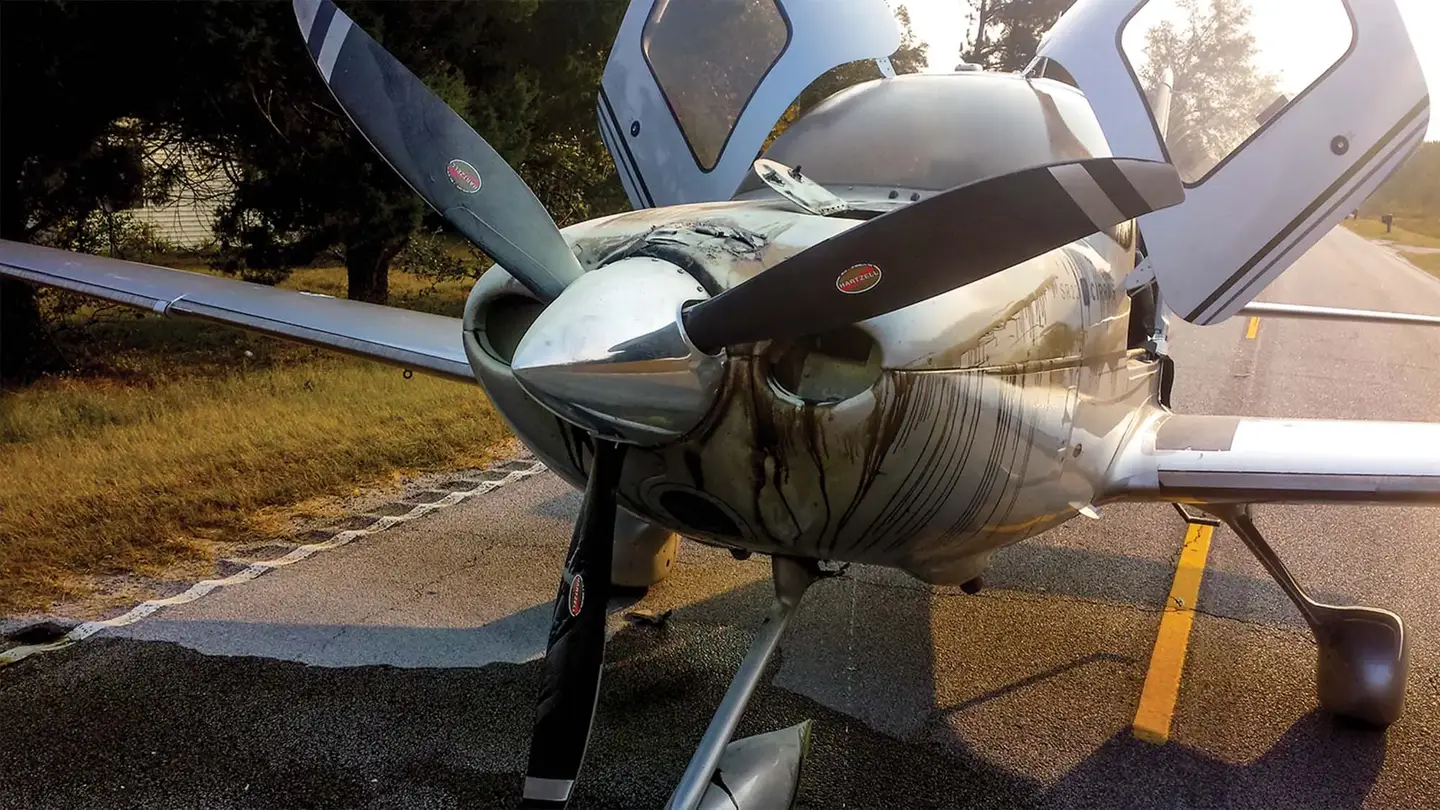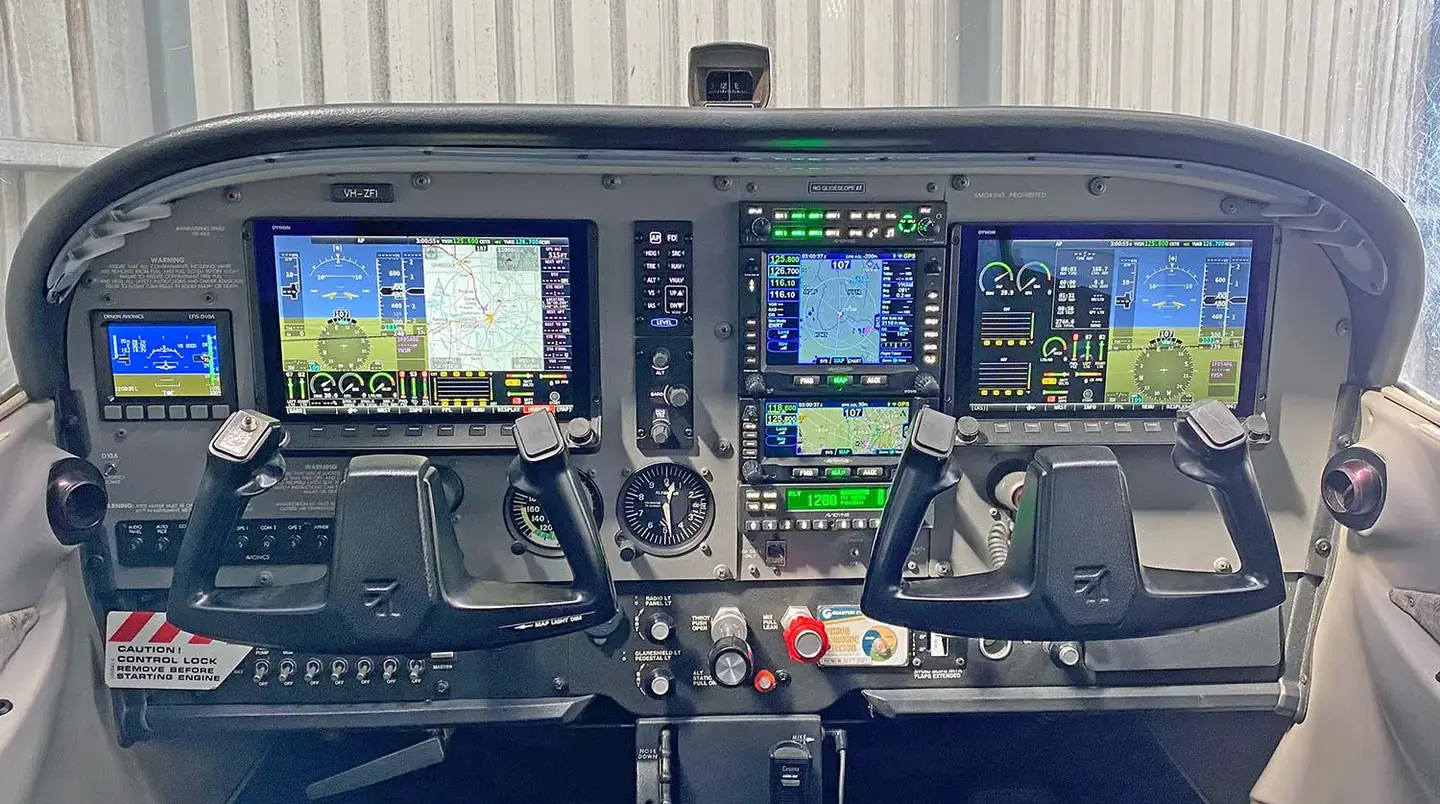Will General Aviation Survive?
EDITORIAL. Although the industry went through a near-death experience for 15 years, things actually seem to be looking up for the first time in recent memory.

 For more than a decade now, general aviation hasbeen stalked by the grim reaper. Unless you held your breath, you couldn'tescape the pungent, unmistakable odor of near-death.If you looked up, you probably noticed the vultures circlingoverhead, awaiting the inevitable.
For more than a decade now, general aviation hasbeen stalked by the grim reaper. Unless you held your breath, you couldn'tescape the pungent, unmistakable odor of near-death.If you looked up, you probably noticed the vultures circlingoverhead, awaiting the inevitable.
A vigorous and competitive industry at its peak in 1979, the bottom dropped out of general aviation by 1982. Cessna, the industry sales leader, ceasedproduction of piston airplanes altogether. Piper fielded the magnificentMalibu and promptly went into bankruptcy.Mooney almost died, and was bought for a song by a French concern. Beechcontinued to turn out a trivial trickle of Bonanzas and Barons but at priceshardly anyone could afford.
What caused the crash?
The conventional wisdom was that the industry was crippled by productliability costs that escalated out of control.While that probably had something to do with the upward pressureon new airplane prices, I don't think it was a a big factor in the crash.What really did the industry in, in my judgement, was the change in theU.S. tax code that made purchasing new aircraft far less attractive, plus therelatively large supply of good used aircraft for sale.
I've owned a succession of piston aircraft during the past 30 years.Except for the Cessna 310 that I fly now,I purchased all my previous aircraft brand new from the factory.
Why new?That's easy. Purchasing a new airplane qualified for whopping investment taxcredit that came right off the bottom line of my tax return. It alsoqualified for first-year "bonus" depreciation and double-declining balanceaccelerated depreciation.When you figured all the tax benefits, buying a newairplane cost no more than buying a clean, late-model used one.
Plus you gotto tell the factory just what colors you wanted your bird painted, what options you wanted, and what radios you wanted. And then you got to go to thefactory, take a grand tour, pick up your brand new airplane at the factorydelivery center, and fly it home!
Welcome to the '80s
All that changed during the early Reagan years when the tax code wasoverhauled. The ITC vanished. Bonus depreciation vanished. Accelerateddepreciation vanished. New aircraft were more expensive. Clean, late-modelused aircraft were more plentiful than ever, and cost a small fraction ofwhat the factory wanted for a new one. Justifying the purchase of a newairplane became very difficult unless you simply had more cash than you knewwhat to do with. Which was never my situation.
So when I decided to step up to my first twin in the mid-80s, I bought a used airplane for the first time in my life. And so, apparently, did everybody else. The rest, as they say, is history.
In my judgement, the general aviation boom years of the '70s were built on anaberration of the tax code which incentivized folks like me to buy new airplanes when they wouldn't have otherwise done so.The congresscritters didn't really intend this, I imagine. They probablyinvented the ITC and DDB and all those other whiz-bang tax gizmos to incentivize industrialists to invest in new plants and new equipment. But for tens of thousands of people like me, it was a unique opportunity to buy fancy new airplanes and have Uncle Sam pick up damn near half the tab.Only a damn fool would pass up a deal like that!
The U.S. economy went through a general contraction in the early '80s, asinterest rates climbed to historically unthinkable levels. Most industriessuffered. But general aviation was decimated...pulverized...because it hadbuilt to a crescendo based on a bubble of artificial tax incentives. Whenthat bubble burst, everything came crashing down.
Rising from the ashes
About the only saving grace in this dismal picture of the '80s and early '90swas the kitplane industry, which took off, innovated, and thrived amidst the rubble of the major manufacturers. They accomplished this, of course, byexploiting a legislative loophole of their own...not in the tax code, mindyou, but in the FARs.
When the FAA created the amateur-built portion of the experimentalcategory and exempted it from most normal costly certification requirements,the rulemakers obviously never meant for those exemptions to apply to a300-knot pressurized airplane, half pre-fabricated by a factory and the other half built by a professional hired-gun A&P. But just like the new airplane buyers of the '70swho found a creative way to use the tax code to our advantage, the kitplaneindustry of the '80s and early '90s found a creative way to exploit the FARsto their advantage.
Which really makes me wonder: how long will it be before the FAA closes thatloophole? And what will happen to the kitplane industry when it does?
Where are we now?
During the past six months, I've visited many of the major players in theG.A. industry and talked with their top management. And for the first time infifteen years, most of them seem to be genuinely upbeat and optimistic. Theglut of cheap used airplanes has diminished through attrition and aged intounattractiveness. One significant product liability reform bill has been signed into law, the the mood on the Hill seems right for even more sweeping reforms. Folks have acclimated to the new tax environment, and are makingfinancial decisions based on product-driven criteria rather than tax-driven ones.
These top executives are putting their money where their optimism is.Cessna is getting back into piston aircraftproduction in what appears to be a very serious way. Piper has just emergedfrom bankruptcy and is now owned in large part by firms with deep pocketslike Teledyne. Teledyne is also investing big money to modernize Continental,a company which was virtually at death's door five years ago. Lycoming hasannounced a new family of engines to power the new Cessnas: fuel injected, autogas-friendly, and probably with variable-timing electronic ignition.Mooney's TLS is selling well. We're still waiting for Beech to make its move.
Nobody expects the industry to return to the heady levels of 1979. Thoselevels were artificial and unsustainable. But the prospects for a healthy andvigorous new piston aircraft industry in Wichita and Vero Beach and Kerrvilleseems genuinely likely.
Meantime, I'm hopeful that the Lancairs and Glasairs and Questairs willstart pursuing FAA certification seriously, because I can't imagine that theFAA will allow the amateur-built loophole to remain wide open for much longer.






